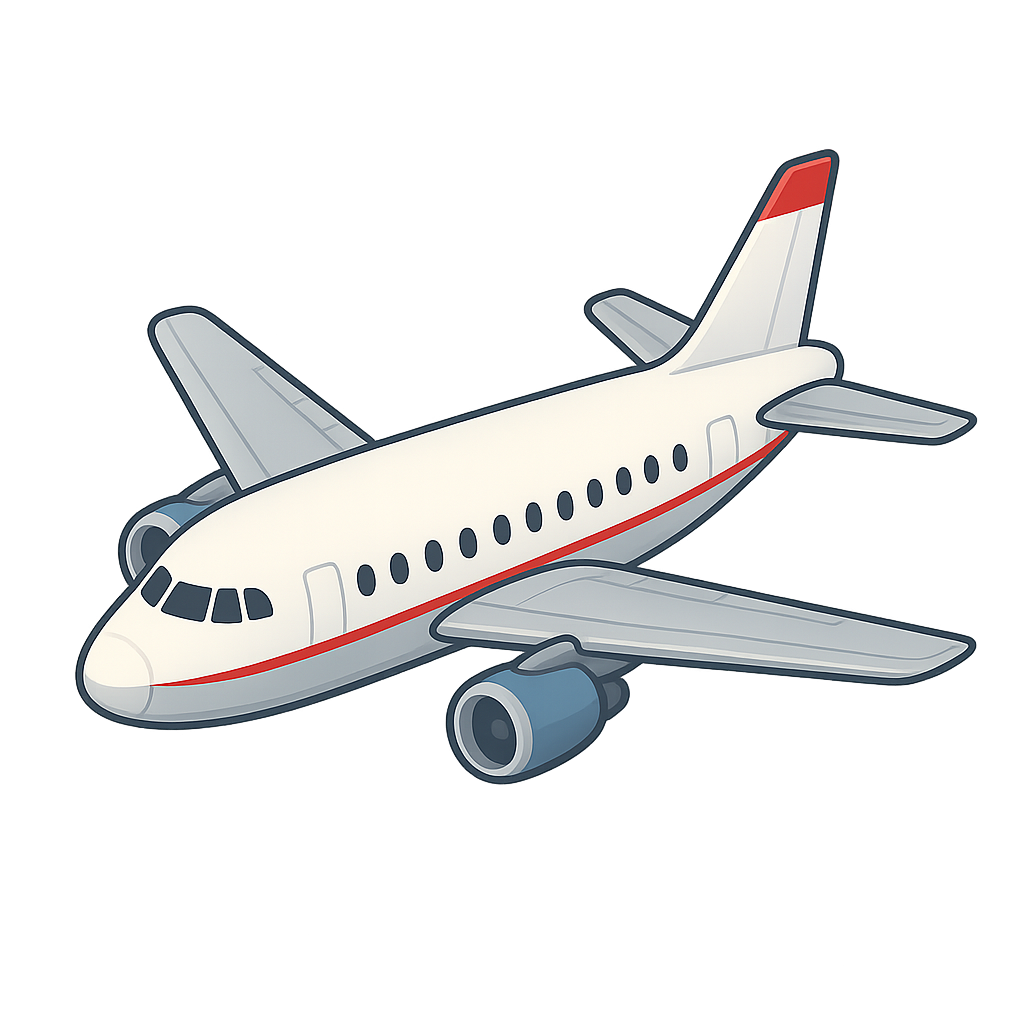The Wright Brothers: How a Dream Took Flight
It all started with a whirring, buzzing toy. Can you imagine a little helicopter, made of cork and bamboo, that could actually fly? Our father gave one to us, Orville and Wilbur Wright, when we were just boys, and we were mesmerized. We played with it until it broke, then we built our own. That little toy planted a big dream in our minds: what if people could fly, too? Years later, we opened our own bicycle shop in Dayton, Ohio. Fixing chains and balancing wheels might not sound like it has much to do with flying, but it taught us everything about how machines work and how to keep things steady. But our best teachers had feathers. We would spend hours and hours just watching birds, seeing how they tilted their wings to catch the wind and gracefully turn in the sky. That was the secret. We realized that a flying machine didn't just need wings; it needed a way to control them, just like a bird.
Our workshop in Ohio was great for building, but not for flying. We needed a special place with lots of wind and soft ground for our many, many crash landings. After studying weather maps, we found the perfect spot: a little town called Kitty Hawk in North Carolina. It had huge sand dunes and winds that blew strong and steady, like a giant, invisible hand ready to lift our creations. Our first attempts were with gliders, which are like airplanes with no engines. We would run along the dunes and leap into the wind. Whoosh. And then… thump. More often than not, we’d end up in a tangle of wood, wire, and cloth. It was frustrating. Some days we wanted to pack it all up. But with every crash, we learned something new. Our biggest discovery was something we called 'wing-warping'. Have you ever seen a buzzard twist the very tip of its wing to steer? That was our idea. By twisting the edges of our glider's wings, we could balance and turn in the air, just like a bird. To make sure we had the best wing shape, we even built a small wooden box called a wind tunnel. We'd place tiny wing shapes inside and use a fan to see how the air flowed over them. Finally, after hundreds of tests, we built a glider that actually listened to us. We could soar for over a minute, swooping and turning over the soft sand. We were no longer just falling; we were flying.
A glider was amazing, but our dream was bigger. We needed power. We needed an engine. We wrote to all the big car companies, but no one made an engine that was strong enough yet light enough for our machine. So, what did we do? We built our own, of course. With the help of our friend Charlie Taylor, we made a small, sputtering engine that was just perfect. On the morning of December 17, 1903, the wind at Kitty Hawk was fierce and cold. It whipped sand into our faces as we laid a long wooden track for our invention, the Wright Flyer. We flipped a coin to see who would be the first to try. I, Orville, won the chance. My heart was pounding like a drum as I lay flat on the lower wing, my hands gripping the controls. Wilbur gave the propeller a mighty spin. The engine roared to life, shaking the whole machine. Wilbur ran alongside, holding the wing steady, and then… he let go. The Flyer rattled down the track and suddenly, the ground just fell away. For 12 seconds, I wasn't on the ground anymore. I was airborne. I could feel the wind rush past me as I soared over the sand. It was a short flight, shorter than the length of a football field, but in that moment, everything changed. We had done it. A human being had flown.
Those twelve seconds were just the beginning. At the time, it might have seemed like a small hop, but it was really a giant leap for everyone. From that one little flight, bigger and better ideas grew. Soon, we were building airplanes that could stay in the air for hours and fly for miles. Our invention sparked the imagination of people everywhere. Before we knew it, airplanes were crossing countries, then oceans, connecting people in ways no one had ever dreamed possible. Think about it: a letter that once took weeks to cross the sea could now get there in a day. Families living on opposite sides of the world could visit each other. Our little dream, which started with a toy helicopter and was built with bicycle parts and endless perseverance, had given the whole world wings. It just goes to show that if you have a curious mind, a big dream, and you never, ever give up, you can achieve things that seem completely impossible.
Reading Comprehension Questions
Click to see answer
